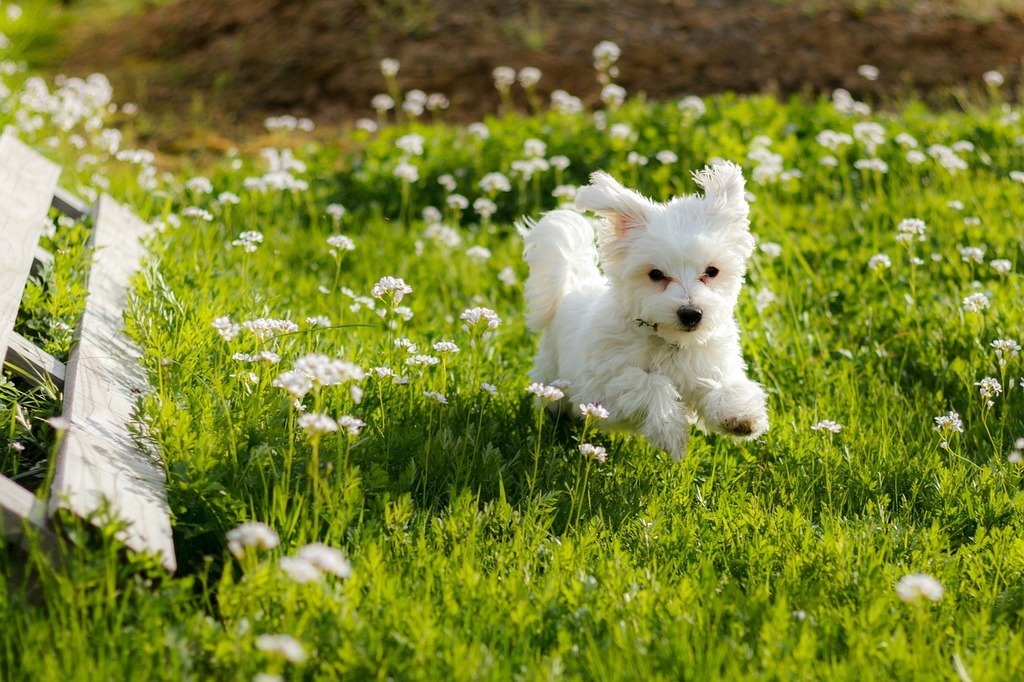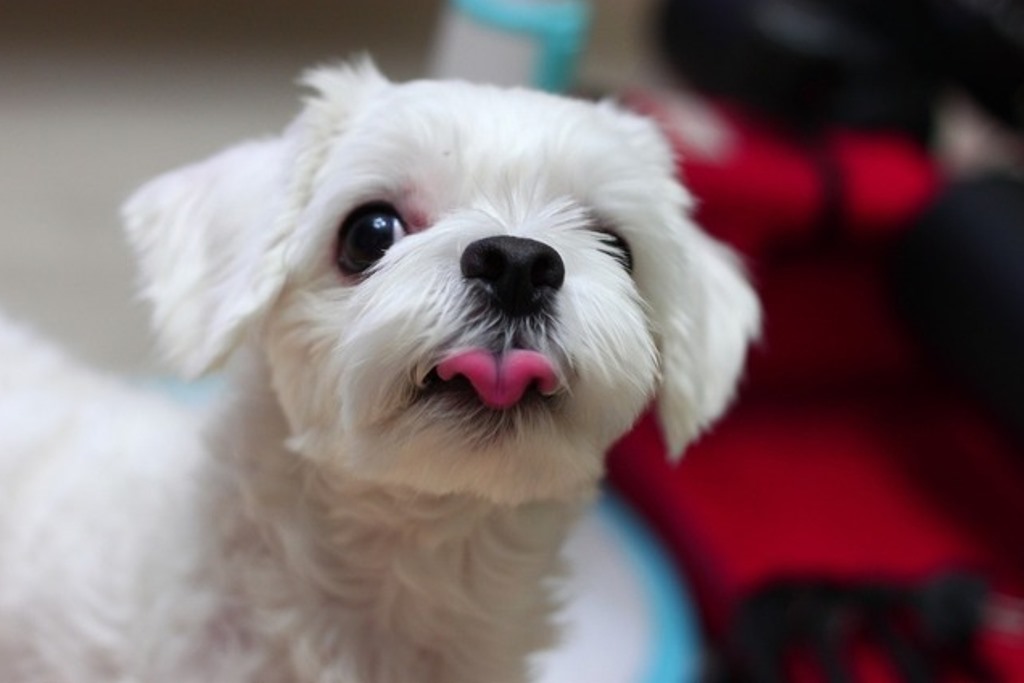
The Maltese Dog: Elegant and Timeless Companion
The origins of the Maltese dog breed are not well known. What is known precisely is that it is a very ancient dog and that its origins must be sought in the Mediterranean basin. The earliest certain evidence of its existence is a depiction of it on a Greek, Athenian amphora dated around 500 BCE.
There are also different currents of thought regarding its name , one of which is that it is not derived from the Island of Malta, as is often believed, but from the Semitic word “malat” whose meaning is port. This is because in ancient times these dogs were used in ports, where they hunted mice. Another hypothesis is that it comes from the city of Melina, now Mdina (founded by the Phoenicians in 700 B.C. in Malta). Or again from two islands: one near Sicily and another in Dalmatia, which the Romans called Melita after Malta, and today known as Meleda.
In ancient Rome they were widespread in the homes of Roman nobles, and were adored by women for their beauty and intelligence. The Maltese reached the height of its popularity during the reign of Henry VIII in England. where it was widespread. In more recent times we recall Giuseppe Verdi, England's Queen Victoria, and French queens Marie Antoinette and Josephine Bonaparte who had chosen the Maltese as their pet dog.
The Maltese contributed to the formation of many breeds, such as the Bichon, Bolognese, Bichon a poil frisè, Bichon havanais, Coton de Tulear, and even the Yorkshire Terrier in the 19th century.
Character of the Maltese dog breed

The Maltese is the classic companion dog, which loves to play a lot; it is lively, full of joy and cheerfulness. It is sociable with everyone without limits, becoming especially attached to its owner, but also to all family members. He cheers up his home and family with his mere presence. In addition, he has a firm and courageous character, and is also loyal, docile, attentive and obedient. He is a suitable dog for children, with whom he shows great patience and eagerness to play.
He is also a very alert dog, barking in the presence of people he does not know who are entering the house. It can be called an excellent watchdog, which senses even the slightest noise. Therefore, it can be said that the Maltese is suitable for everyone, whether small, old, athletic or sedentary. He loves to run, but he also loves to stay warm, on a couch or bed. He still loves very much to be cuddled. It cannot stand loneliness, and it also gets along well with other animals in the house.
Its training is very simple, so the Maltese is suitable even for those who are not familiar with dogs. He easily learns exercises and habits without forgetting them anymore. He is also a very sensitive dog and for this reason any excessive severity with him should be avoided. If he feels that he has been wronged, he takes offense. One is inclined to spoil this dog, which tenderizes with its pleading looks, so one should not make exceptions on prohibitions, as done once, then it becomes forever.
Appearance of the Maltese dog breed

The Maltese is a small dog, the male at withers ranges from 21 to 25 centimeters for a weight ranging from 3 to 4-5 kilograms, the female usually a little less. Constitutionally he is strong and robust, although given his size he seems rather frail. Its bearing is noble, proud and very elegant. Its body gives the impression of being narrow and long, its legs are short, and its tail is curled and carried on its rump.
The head is proportionate with a flat and rather broad skull, the muzzle is shorter than the skull and is covered with long hairs. The eyes are round with a lively expression and usually dark in color. The truffle is black and the ears are triangle-shaped. attached high and folded forward.
Its special feature is its fur. In fact, the Maltese is famous for its white and elegant coat. Its fur is silky, thick and very long and covers the entire body. The color is entirely white, although sometimes specimens with ivory undertones can be found. Keeping long hair in the Maltese really means that grooming is challenging. Some people prefer to have their dog sheared to simplify coat retention.
Care and health of the Maltese dog breed

There are no particular health problems typical of the breed for this dog, but like all small dogs, it is prone to patella luxations, for which the best precaution is to avoid overweight and ensure that the dog gets regular exercise. This breed is also predisposed to diabetes and tear duct issues. For this reason, it is important to keep the eyes free and clean, preventing them from becoming irritated by coming into contact with hair. It is also predisposed to some dermatological diseases such as atopic dermatitis and skin infections.
For its nutrition, food must be balanced and appropriate to its lifestyle. The life expectancy of the Maltese is quite high, hovering around 15 to 16 years, but there are many individuals who easily reach 18.
The real commitment, if you decide to leave the dl coat long, is precisely to care for it. In fact, it must be brushed every day, otherwise it tends to become matted and even knotted. You must also schedule at least a couple of baths a month with a mild shampoo and conditioner at the second wash.
It absolutely cannot stand the cold, so it is advisable to cover it when you take it outside in winter.






















